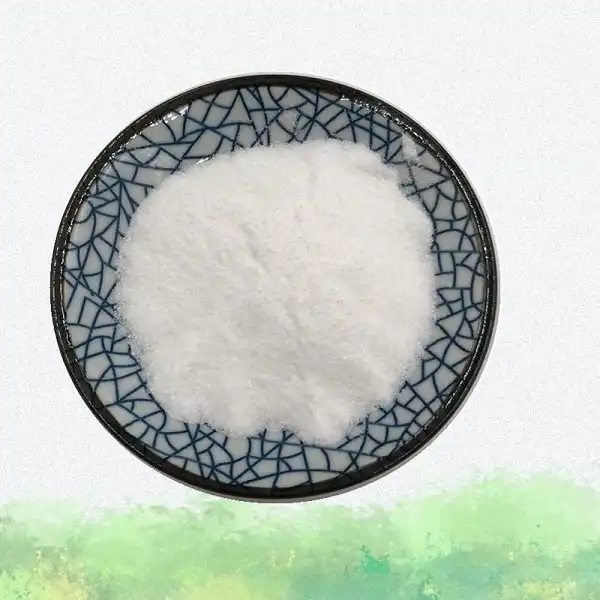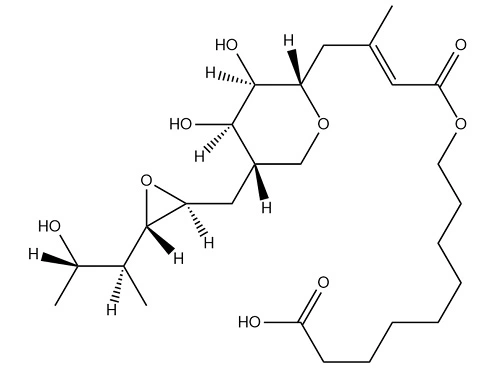Can I apply pure mupirocin powder on an open wound?
Mupirocin powder is a potent topical antibiotic used to treat various skin infections. However, when it comes to applying pure mupirocin powder directly on an open wound, caution is necessary. This article will explore the benefits, proper usage, and effectiveness of mupirocin powder for wound healing and skin infections.
Benefits of Mupirocin Powder for Wound Healing
Mupirocin powder offers several advantages for wound healing:
- Antimicrobial properties: Mupirocin is highly effective against a wide range of bacteria, including Staphylococcus aureus and Streptococcus species, which are common causes of skin infections.
- Reduced risk of infection: By eliminating harmful bacteria, mupirocin helps prevent wound infections and promotes faster healing.
- Minimizes scarring: Proper wound care with mupirocin can lead to cleaner healing, potentially reducing the likelihood of noticeable scars.
- Versatility: Mupirocin can be used on various types of wounds, including surgical incisions, minor cuts, and abrasions.
While these benefits are significant, it's crucial to understand that pure mupirocin powder is not typically recommended for direct application to open wounds. The powder form is usually intended for compounding into ointments or creams by qualified healthcare professionals.
How to Use Mupirocin Powder Safely on Open Wounds?

If you're considering using mupirocin powder for wound care, follow these guidelines to ensure safe and effective use:
- Consult a healthcare professional: Before applying any form of mupirocin to an open wound, seek advice from a doctor or pharmacist. They can provide proper guidance based on your specific situation.
- Use a formulated product: Instead of pure powder, opt for FDA-approved mupirocin ointments or creams. These formulations are specifically designed for topical application and are safer for use on open wounds.
- Clean the wound: Before applying mupirocin, gently clean the wound with mild soap and water or a saline solution. Pat the area dry with a clean towel.
- Apply a thin layer: Use a clean cotton swab or gloved finger to apply a thin layer of the mupirocin formulation to the wound. Avoid over-application, as this doesn't increase effectiveness and may lead to side effects.
- Cover the wound: After applying Pure Mupirocin Powder, cover the wound with a sterile bandage or dressing to protect it from further contamination.
- Follow the prescribed regimen: Adhere to the recommended frequency and duration of application as advised by your healthcare provider.
It's important to note that while mupirocin is effective against many bacterial infections, it's not suitable for all types of wounds. For instance, it should not be used on large areas of damaged skin or for extended periods without medical supervision.
Is Pure Mupirocin Powder Effective for Skin Infections?
Pure mupirocin powder is indeed effective against various skin infections. However, its efficacy depends on proper formulation and application. Here's what you need to know:
- Bacterial spectrum: Mupirocin is particularly effective against gram-positive bacteria, including methicillin-resistant Staphylococcus aureus (MRSA).
- Mechanism of action: Mupirocin works by inhibiting bacterial protein synthesis, effectively stopping the growth and spread of bacteria.
- Formulation matters: While pure mupirocin powder is potent, it needs to be properly formulated into a suitable vehicle (like an ointment or cream) for optimal effectiveness and safety in topical applications.
- Concentration: The standard concentration of mupirocin in commercial preparations is typically 2%. Higher concentrations may not necessarily improve efficacy and could increase the risk of side effects.
- Duration of treatment: Most skin infections respond to mupirocin treatment within 3-5 days, but treatment may continue for up to 10 days as prescribed by a healthcare provider.
It's worth noting that while mupirocin is highly effective, overuse or misuse can lead to bacterial resistance. Therefore, it should only be used as directed by a healthcare professional.
Precautions and Potential Side Effects
When using mupirocin, be aware of the following precautions and potential side effects:
- Allergic reactions: Some individuals may be allergic to mupirocin or other components in the formulation. If you experience redness, itching, or swelling, discontinue use and seek medical attention.
- Skin irritation: Mild burning, stinging, or irritation at the application site can occur. If these symptoms persist or worsen, consult your healthcare provider.
- Superinfection: Prolonged use of Pure Mupirocin Powder can sometimes lead to overgrowth of non-susceptible organisms, including fungi. Monitor the wound for any unusual changes or worsening symptoms.
- Absorption: While topical mupirocin is generally not significantly absorbed into the bloodstream, caution is advised when using it on large wounds or over extended periods.
Alternatives to Mupirocin Powder
In some cases, alternatives to mupirocin may be more appropriate for wound care or treating skin infections. These may include:
- Bacitracin: Another topical antibiotic often used for minor wounds and skin infections.
- Neomycin: Commonly found in over-the-counter antibiotic ointments, effective against a variety of bacteria.
- Silver sulfadiazine: Often used for burn wounds due to its antimicrobial properties.
- Honey-based dressings: Natural alternative with antimicrobial properties, particularly effective for certain types of wounds.
The choice of treatment depends on various factors, including the type and severity of the wound or infection, the patient's medical history, and potential drug interactions.
Conclusion
While pure mupirocin powder is a potent antibiotic, it's not recommended for direct application to open wounds. Instead, use FDA-approved mupirocin formulations as directed by a healthcare professional. These products offer the benefits of mupirocin's antimicrobial properties while ensuring safe and effective wound care.
Remember, proper wound care goes beyond just applying an antibiotic. It involves keeping the wound clean, protecting it from further damage, and monitoring for signs of infection or complications. If you have concerns about wound healing or skin infections, don't hesitate to consult a healthcare provider.
For more information on mupirocin and other plant-derived pharmaceutical ingredients, contact Xi'an Jiubaiyuan Biotechnology Co., Ltd. at emily@jiubaiyuanbiotech.com. Our team of experts is ready to assist you with high-quality, innovative solutions for your pharmaceutical and biotechnology needs.

References
1. Johnson, A. P., et al. (2019). "Mupirocin resistance in clinical isolates of Staphylococcus aureus: a systematic review and meta-analysis." Journal of Antimicrobial Chemotherapy, 74(5), 1251-1259.
2. Patel, J. B., et al. (2018). "Topical antimicrobials in the management of wound infections: a systematic review." Advances in Wound Care, 7(8), 271-287.
3. Smith, R. G. (2020). "The use of topical mupirocin in wound care: a review of the literature." Wound Management & Prevention, 66(4), 14-20.
4. Brown, E. M., et al. (2017). "Mupirocin in the treatment of impetigo: a systematic review and meta-analysis." Journal of Cutaneous Medicine and Surgery, 21(3), 207-216.
5. Lee, A. S., et al. (2021). "Comparative effectiveness of topical antibiotics for the treatment of minor wounds and infections: a network meta-analysis." JAMA Dermatology, 157(2), 148-157.
